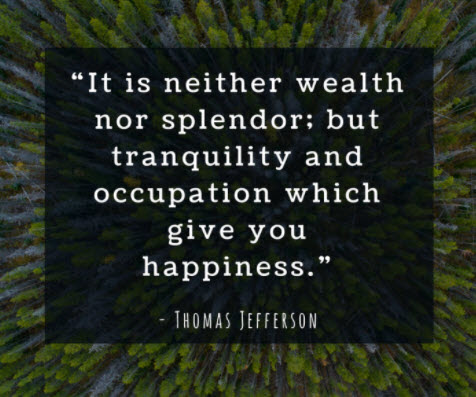Some people have absolutely nailed working away from an office setting. In fact, they have always worked that way, so what’s the big deal? But most jobs continue to be reliant on in-person collaboration and the physical workplace. So how can we continue to get better as the workspace of the future unfolds right before us at warp speed in 2021.
Gensler, the research firm on everything to do with workplace productivity shows in their 2020 Summer and Fall research that “people are getting better at working from home, but still struggle to collaborate—and with feelings of loneliness and disconnection.” The Gensler Research Institute is a network of researchers with a singular focus: develop a deeper understanding of the connection between design, business, and the human experience.
I have heard horror stories. People in disciplinary actions have confessed to working only three to four hours a day. Others are simply responding to the needs of their leaders—in essence–waiting to be told what to do. There is tremendous stress on leaders right now as they need to work against their grain to focus on planning and preparing game plans and check lists for those they lead.
Productivity is the most essential outcome. People desire to be productive. When people are thriving in their occupation, they are more than twice as likely to be thriving in their lives overall. This leads to greater creativity, more results, with less stress, less depression and less mental illness.

Here are some suggestions for making your place the one that’s also the most productive:
#1 Self-Awareness:
Test and know yourself better. This facilitates self-reflection. We are proponents of the Kolbe System™ for team management. I challenge you to have everyone on your team complete at the minimum a Kolbe A™ Index. It helps not only the individual, but also the leader and other team members understand how each team member will work–how they will solve problems, tackle issues, communicate and work with others. If you can understand how you see yourself, you can more deliberately shift from one orientation to another as you focus on the type of results you seek to achieve. If you have already completed a Kolbe A, then revisit your result and turn to pages 6-9. Identify at least one action on each of the four pages that you will practice routinely over the next 21 days. This will establish your habit for working in a way that aligns more closely with your natural striving pattern.
Know your MO! Here are ours:
Mari Martin Monica Gravenhof


#2 Identify and Manage Stress
Stress is defined as “a condition or feeling experienced when a person perceives that demands exceed the personal and social resources the individual is able to mobilize.” We are currently in tele-pressure and technology fatigue. Why? The daily demands are greater than the resources we are able to mobilize. If you have completed a Kolbe A, then look at your results and identify where you have a number that is one, two or three in an Action Modes®. Here is where you resist, avoid, prevent, put off, or minimize. Other terminology is to fight it or procrastinate. Through the Kolbe results, I understand that my workplace stress occurs when I am overly scheduled—too much heads down work—needing to conform—painted into a corner with no options—too much research—too many complexities—too much writing—when I need to organize the ideas that I have. Just having this at your fingertips can be liberating. Take the time to reflect and write down five or six approaches that you must do, but that exceed the resources you are able to mobilize naturally. The key to reducing stress is to: Identify it; Influence It; Prevent It and then Manage It. Look at ways that you can remove it from your responsibilities; find the right who who can provide that complementary approach; or still accomplish the result, but through your natural approach—say, talk a book instead of writing a book.
#3 Your Environment has Everything
to Do with your Results
If place does not matter, but productivity is a must, then environment is King. It is the missing link—the conduit to making our days at home more productive. Gensler indicates that people are going back to the office because that is where they are most productive. But at the same time people want both worlds. “52% of US workers would prefer a hybrid model, some time at home, some time in the office,” according to Gensler. https://www.gensler.com/research-insight/gensler-research-institute/us-workplace-survey-2020-summer-fall/
If you are staying at home, then self-awareness and self-management will need to be optimal. The most effective environment offers privacy, has good lighting, is comfortable, and manages noise. But we also need to cater to our individual Kolbe MOs. Kolbe Corporation offers these tips for different MOs working remotely. https://www.kolbe.com/newsroom/
At the end of the day, we all want lives filled with loving relationships; productive and satisfying work; energy and engagement; fun and recreation; with as little annoyance, regret and guilt as possible.
